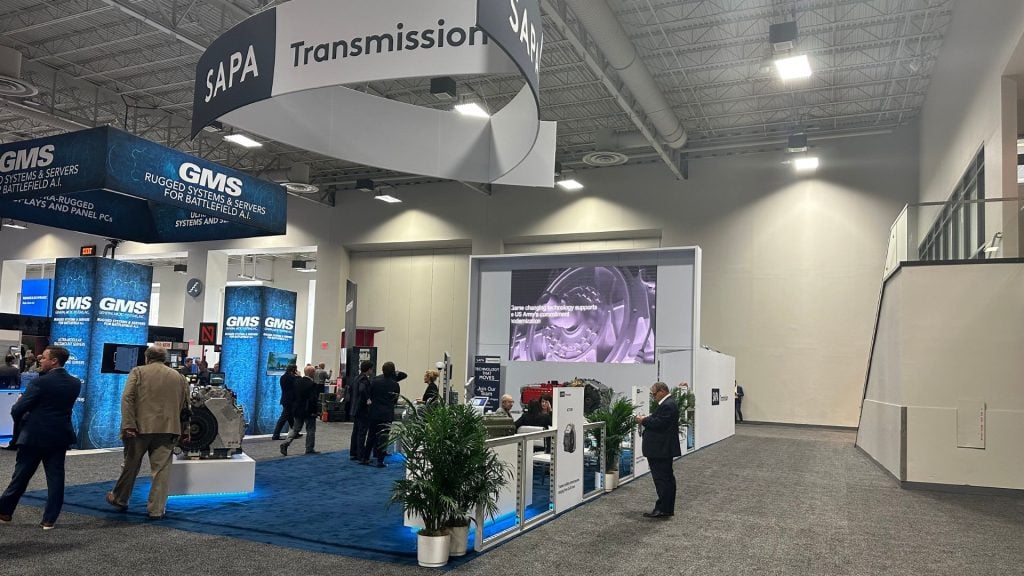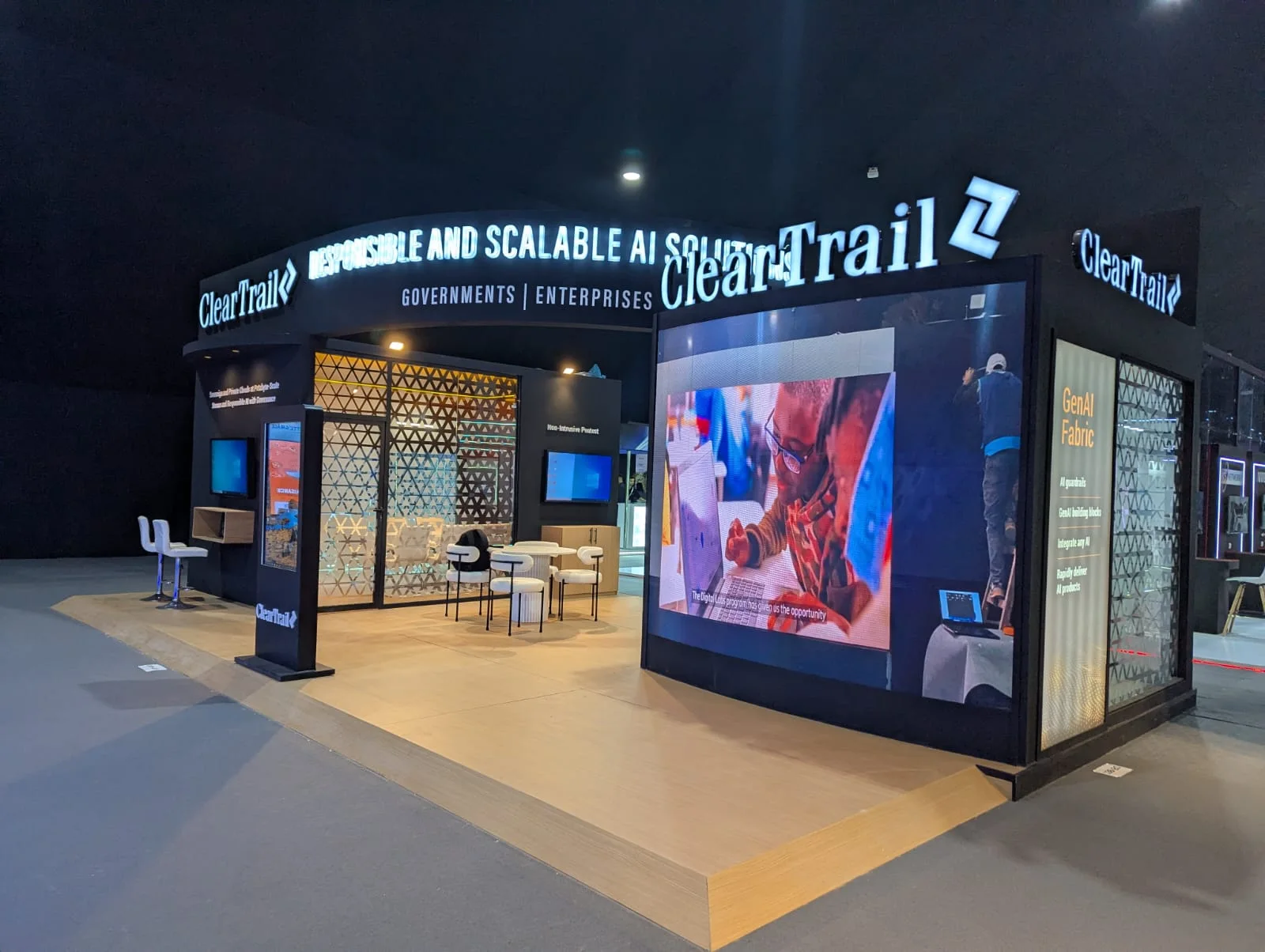
Introduction
Let’s cut to the chase: In today’s digital age, relying solely on intuition or past experiences to plan your trade show strategy won’t cut it anymore. Spoiler alert: Data is the new driving force behind successful trade show participation, and if you’re not leveraging it, you’re leaving valuable insights—and opportunities—on the table.
Here’s the good news: Using data effectively can take your trade show strategy from average to exceptional. Whether it’s in the planning phase, during the event itself, or in your post-show analysis, harnessing the power of data ensures that every decision you make is backed by actionable insights.
Pre-Event: Let Data Guide Your Planning
Before the trade show even begins, you can use data to fine-tune your approach and ensure you’re targeting the right audience with the right message.
1. Understand Your Audience with Data-Driven Personas
Every successful trade show strategy starts with a clear understanding of who you’re trying to reach. Data-driven personas can help you pinpoint the key demographics, behaviors, and preferences of your ideal attendees. Use data from previous shows, website analytics, and customer profiles to build personas that guide everything from booth design to marketing messaging.
For example, if your data shows that a large portion of your target audience is environmentally conscious, you can tailor your booth to reflect sustainability initiatives. This ensures that your messaging aligns with the values of your prospects, increasing the likelihood of meaningful engagement.
2. Use Predictive Analytics to Choose the Right Trade Shows
Not all trade shows are created equal. Instead of basing your decision on instinct, use predictive analytics to determine which shows will yield the best ROI for your brand. By analyzing data such as attendee demographics, past event performance, and competitive presence, you can identify which trade shows will attract your target audience and offer the most significant opportunities for lead generation.
This data-driven approach can help you avoid wasting resources on shows that aren’t aligned with your goals and focus on those that are.
3. Tailor Your Pre-Show Marketing with Data Insights
When it comes to pre-show marketing, data can guide you in personalizing your outreach. Analyze previous engagement metrics, such as email open rates, social media interactions, and website traffic, to understand what content resonates with your audience. Use these insights to craft personalized email campaigns, social media posts, and targeted ads that will capture attention and drive foot traffic to your booth.
For instance, segment your email list based on past interactions or interests and send customized invites that speak to each group’s unique challenges or needs.
On the Show Floor: Data Drives Real-Time Adjustments
Data doesn’t just help before the event—it’s a game-changer during the trade show itself. By leveraging real-time insights, you can adapt on the fly and make data-backed decisions that enhance your in-event performance.
1. Track Booth Traffic with Analytics
Utilize technology such as heatmaps, RFID badges, or mobile apps to track booth traffic in real-time. This data helps you understand which parts of your booth are drawing the most attention and which are being overlooked. If certain areas are underperforming, you can adjust your booth layout or reposition your staff to create more engagement opportunities.
Tracking traffic data also allows you to measure the success of your interactive elements. Are your product demos attracting attendees? Is your VR experience creating a buzz? The data will tell you, and you can adapt accordingly.
2. Capture Data from Lead Interactions
Gone are the days of relying solely on business cards. Use lead capture apps or scanners that integrate with your CRM to collect detailed information about every prospect who visits your booth. Capture key data points such as job titles, company size, and specific interests, which will be invaluable for post-show follow-up.
The more data you collect, the more personalized your follow-up can be. And personalization is key to turning leads into long-term customers.
3. Monitor Competitor Activity in Real Time
Real-time data isn’t just about your booth—it can also provide insights into your competitors’ activities. Monitor social media hashtags, event app updates, and attendee feedback to gauge how your competitors are performing at the show. Are they generating more buzz? Are they offering something that’s drawing attention away from your booth?
This competitive data allows you to make quick adjustments, such as ramping up your social media presence or highlighting different product features, to stay competitive during the event.
Post-Event: Analyze and Optimize for Future Success
The trade show may be over, but the data you’ve gathered is just beginning to pay off. Post-event analysis is where you truly see the value of using data to drive your trade show strategy.
1. Measure Your Lead Quality
Not all leads are created equal. Use data to assess the quality of the leads you collected during the event. Which leads are high-value prospects with the potential to convert? Which ones need further nurturing? By analyzing factors like company size, purchasing power, and engagement level, you can prioritize your follow-up efforts and focus on leads that are most likely to generate revenue.
2. Evaluate Your Booth’s Performance
Post-show, analyze key metrics like booth traffic, lead generation, and engagement levels to evaluate your booth’s overall performance. Did your booth placement impact foot traffic? Were certain interactive elements more successful than others? This data will provide a clear picture of what worked and what didn’t, allowing you to refine your booth design and strategy for future shows.
3. Track Long-Term ROI
Finally, use data to track the long-term ROI of your trade show participation. How many leads turned into sales? What was the overall revenue generated from the show? By linking event data with your CRM, you can monitor the sales cycle and measure the true impact of your trade show investment. This analysis is crucial for justifying future trade show budgets and improving your strategy over time.
Conclusion: Data is the Key to Trade Show Success
In today’s competitive trade show landscape, data is no longer optional—it’s essential. From planning and execution to post-event analysis, data-driven decisions will help you maximize your ROI, attract the right audience, and make every trade show a success.
So, are you ready to let data guide your trade show strategy? The insights are there—now it’s time to use them.
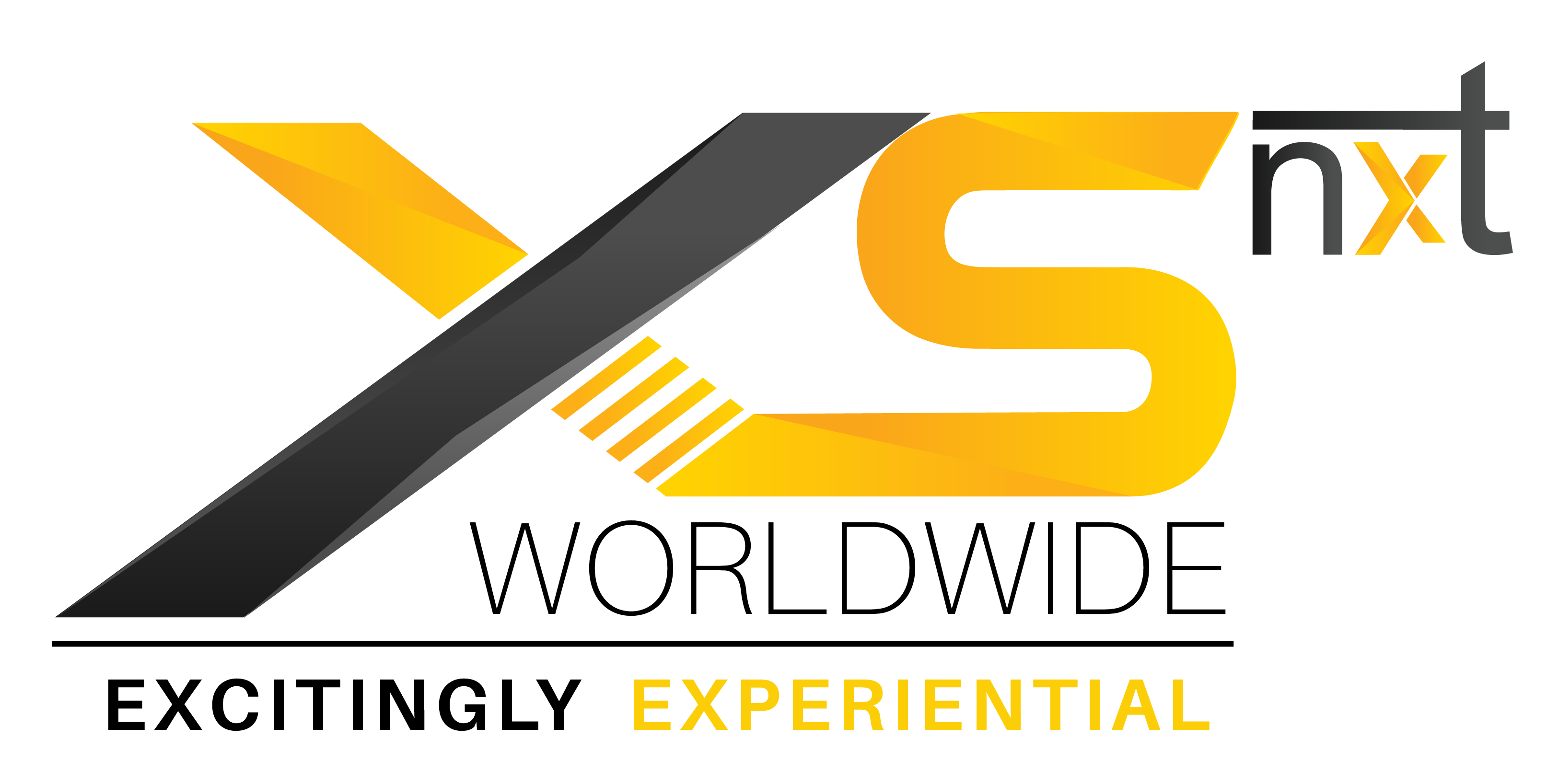

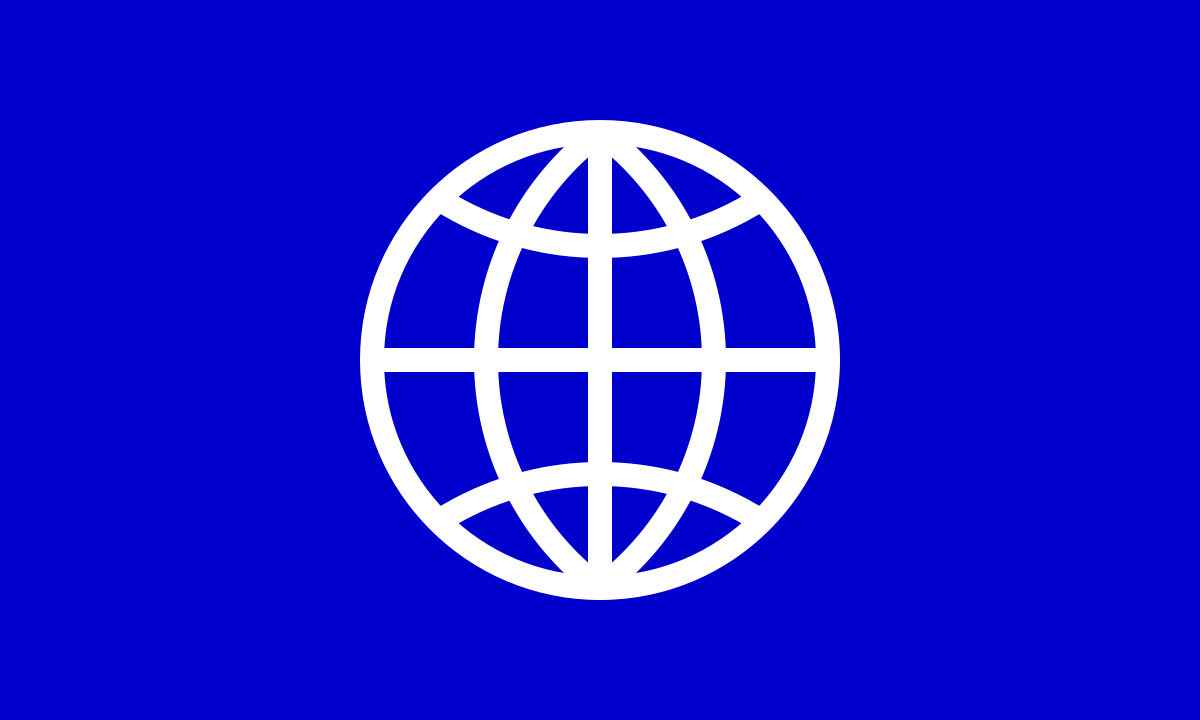 Global
Global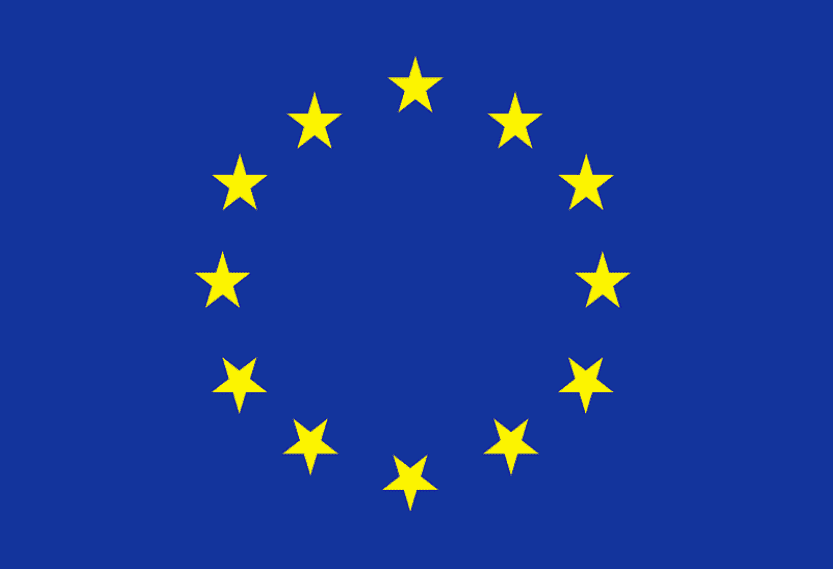 Europe
Europe

